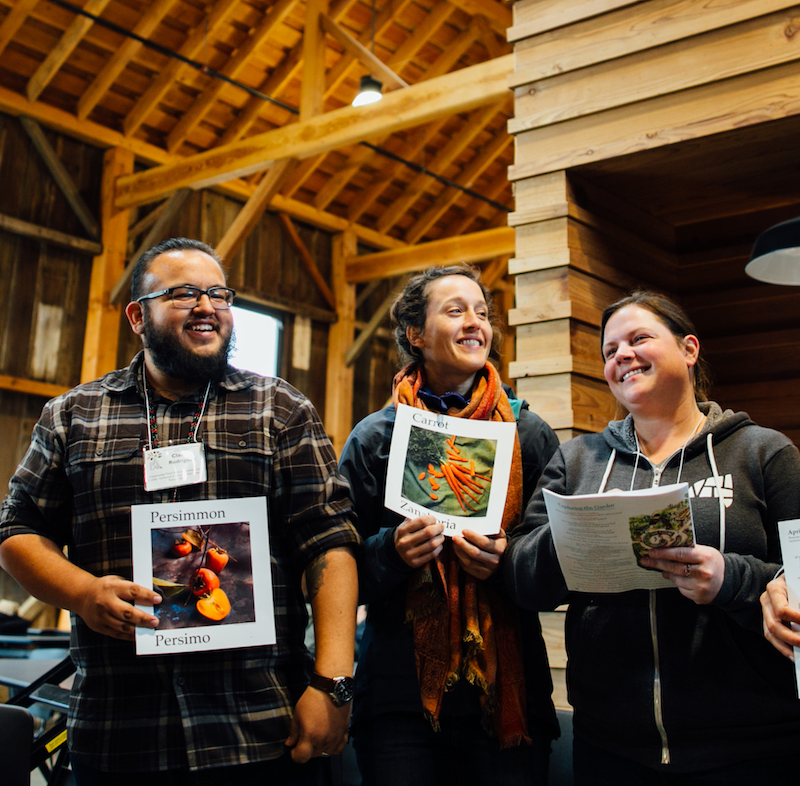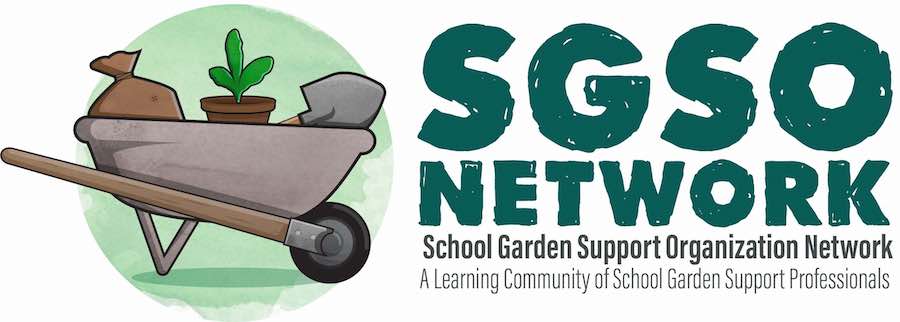Overview
The success of garden-based education programs delivered by SGSOs is directly related to the extent that they are able to build trusting relationships and robust partnerships with a diversity of stakeholders – from School Districts, to government entities, community businesses, teachers and students themselves. While program content and delivery format is important, it is clear that there are myriad ways to approach this successfully – in gardens or at farms, using external Garden Educators or on-site teachers, once a week or once a month; it is taking the time and having the patience to build lasting relationships that is the key factor that allows for successful program implementation.

